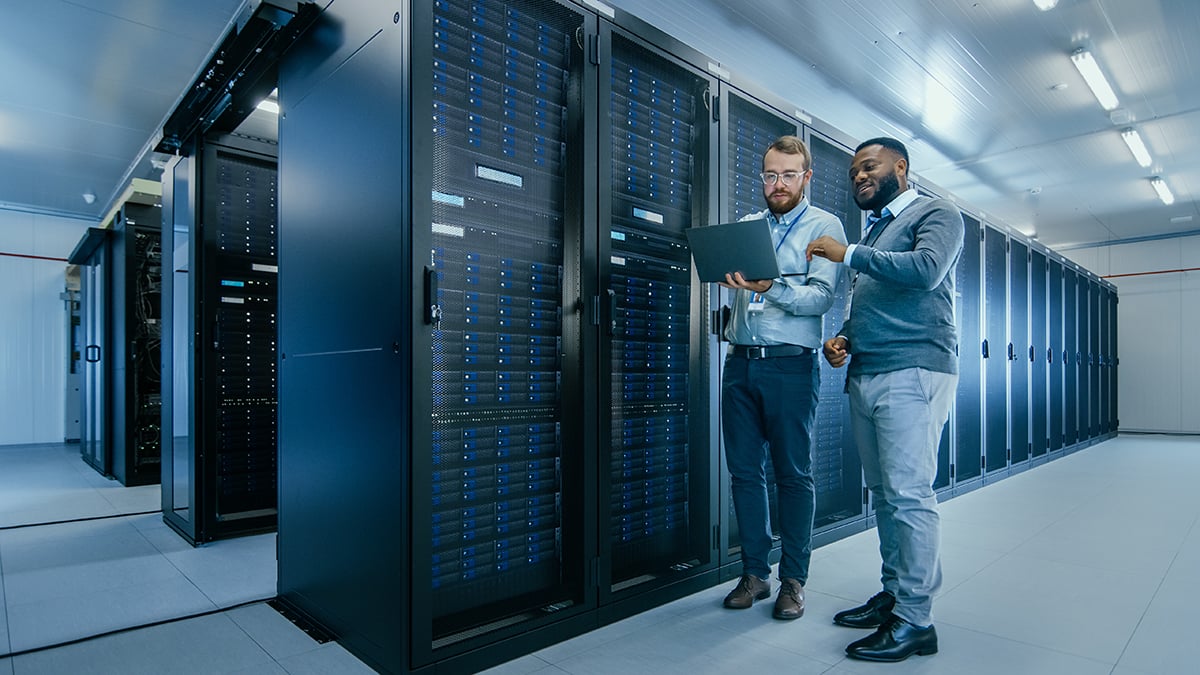What is Data Center Monitoring?
In today’s digital age, data centers serve as the backbone of businesses, powering everything from cloud services to enterprise applications. Ensuring these facilities operate efficiently and securely requires effective data center monitoring. In this comprehensive guide, we will explore the importance, benefits, and best practices of data center monitoring.
What is Data Center Monitoring?
Data center monitoring refers to the continuous tracking of various parameters within a data center, including network performance, server health, energy consumption, and security threats. By leveraging advanced monitoring tools, businesses can prevent downtime, optimize resource utilization, and enhance overall operational efficiency.
Why is it important?
- Ensuring Uptime and Reliability – Downtime can lead to significant financial and reputational losses. Real-time monitoring helps detect issues before they escalate, ensuring maximum uptime and business continuity.
- Optimizing Performance – Monitoring tools provide insights into server performance, network latency, and storage capacity, allowing businesses to make data-driven decisions for improved efficiency.
- Enhancing Security – Cyber threats and physical security breaches pose major risks to data centers. Monitoring solutions help detect anomalies and unauthorized access, safeguarding sensitive information.
- Reducing Operational Costs – By monitoring energy consumption and optimizing cooling systems, businesses can reduce unnecessary expenses and improve sustainability.

Key Metrics to Monitor in a Data Center
- Network Performance – Monitoring bandwidth usage, latency, and packet loss ensures seamless connectivity and optimal user experience.
- Server Health – Tracking CPU usage, memory utilization, and disk space helps prevent hardware failures and performance bottlenecks.
- Power and Cooling Efficiency – Energy-efficient operations reduce costs and prevent overheating, ensuring the longevity of critical infrastructure.
- Security Threats – Real-time monitoring of network traffic, firewall logs, and physical security systems helps mitigate potential threats.
Best Practices for Effective Data Center Monitoring
- Implement Automated Monitoring Tools – Automated solutions provide real-time alerts and predictive analytics, allowing IT teams to respond proactively.
- Centralize Monitoring Operations – Using a centralized dashboard consolidates data from multiple sources, offering a holistic view of the data center environment.
- Conduct Regular Audits and Testing – Routine inspections and stress tests help identify vulnerabilities and ensure compliance with industry standards.
- Leverage AI and Machine Learning – Advanced analytics can detect patterns, predict failures, and optimize data center operations.
- Ensure Scalability – As businesses grow, data centers must adapt. Scalable monitoring solutions help manage increased workloads without compromising performance.
Conclusion
Data center monitoring is a critical component of modern IT infrastructure management. By adopting proactive monitoring strategies, businesses can enhance performance, ensure security, and reduce operational costs. Investing in advanced monitoring tools and best practices will not only protect your data center but also provide a competitive edge in today’s digital landscape.
For businesses looking to enhance their data center monitoring strategy, leveraging cutting-edge technologies and expert insights is the key to long-term success.